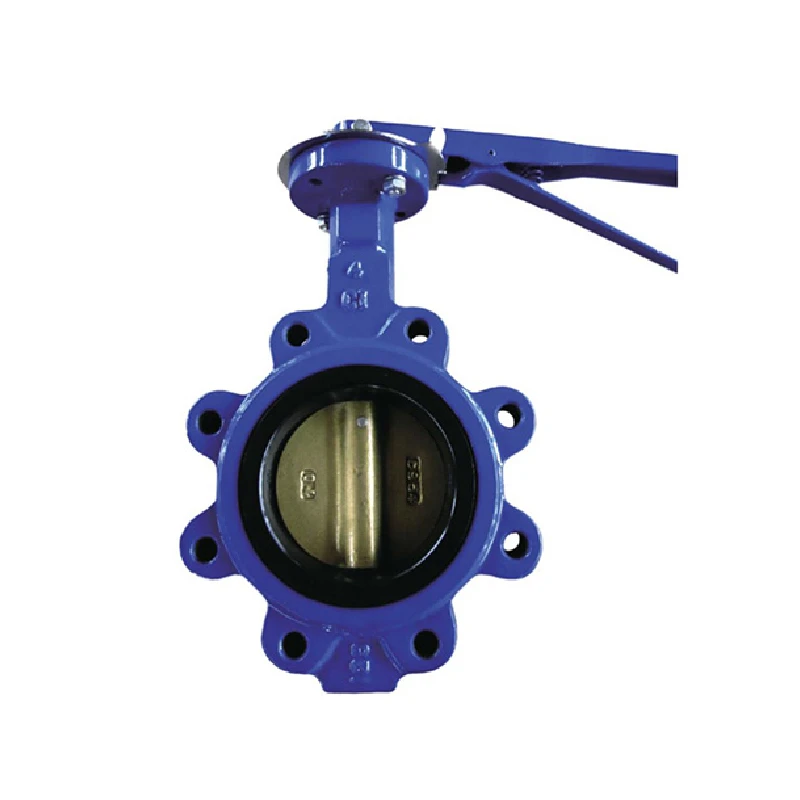10 月 . 12, 2024 11:00 Back to list
single sphere type rubber joint
The Single Sphere Type Rubber Joint A Key Component in Modern Piping Systems
In the realm of fluid transfer and piping systems, the single sphere type rubber joint plays an indispensable role. Its design and functionality cater to the needs of various industries, including water supply, sewage, and industrial applications. This article explores the significance, advantages, and applications of the single sphere rubber joint in modern engineering.
At its core, the single sphere type rubber joint consists of a flexible rubber sphere, typically made from natural or synthetic rubber, and is designed to connect two sections of piping or equipment. This component serves multiple functions, including absorbing shock, reducing vibration, and compensating for misalignments between pipes. Its unique spherical shape allows for multidirectional movement, making it particularly effective in accommodating differential settlement or thermal expansion of pipes.
One of the primary advantages of using rubber joints is their ability to absorb vibrations and shocks within a piping system. This characteristic is crucial for protecting system components, such as pumps and valves, from damage and wear. By dampening vibrations, rubber joints contribute to the longevity and reliability of the entire system, resulting in lower maintenance costs and reduced downtime.
single sphere type rubber joint

Another significant benefit of single sphere rubber joints is their flexibility. Unlike rigid connectors, these joints can accommodate angular deflections and axial movements. This flexibility ensures that the pipes remain properly aligned, even in dynamic environments where thermal expansion or ground movement may occur. Furthermore, the installation of these joints is relatively straightforward, requiring minimal tools and labor, which leads to time and cost savings during construction or maintenance.
The versatility of single sphere rubber joints enables their use in a wide array of applications. They can be found in water and wastewater treatment plants, where they help manage the flow of fluids and maintain system efficiency. Additionally, these joints are commonly used in heating, ventilation, and air conditioning (HVAC) systems, where they facilitate proper airflow and reduce noise levels. Furthermore, industries such as mining and oil and gas also rely on these rubber joints to endure harsh environments and maintain the integrity of their piping systems.
In terms of materials, advancements in rubber technology have led to the development of joints that are resistant to weathering, ozone, and various chemicals. As a result, these rubber joints can maintain their performance even in challenging conditions, ensuring a longer service life and improved system reliability.
In conclusion, the single sphere type rubber joint is a vital component of modern piping systems due to its ability to absorb vibrations, provide flexibility, and facilitate easy installation. Its wide range of applications across different industries underscores its importance in maintaining the efficiency and reliability of fluid transfer systems. As technology continues to advance, the evolution of rubber joint materials and designs will likely enhance their performance, making them an even more critical element in engineering solutions.
Share
-
Understanding the Differences Between Wafer Type Butterfly Valve and Lugged Butterfly ValveNewsOct.25,2024
-
The Efficiency of Wafer Type Butterfly Valve and Lugged Butterfly ValveNewsOct.25,2024
-
The Ultimate Guide to Industrial Swing Check Valve: Performance, Installation, and MaintenanceNewsOct.25,2024
-
Superior Performance with Industrial Swing Check Valve: The Essential Valve for Any SystemNewsOct.25,2024
-
Industrial Swing Check Valve: The Ideal Solution for Flow ControlNewsOct.25,2024
-
You Need to Know About Industrial Swing Check Valve: Functionality, Scope, and PerformanceNewsOct.25,2024